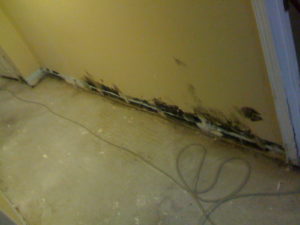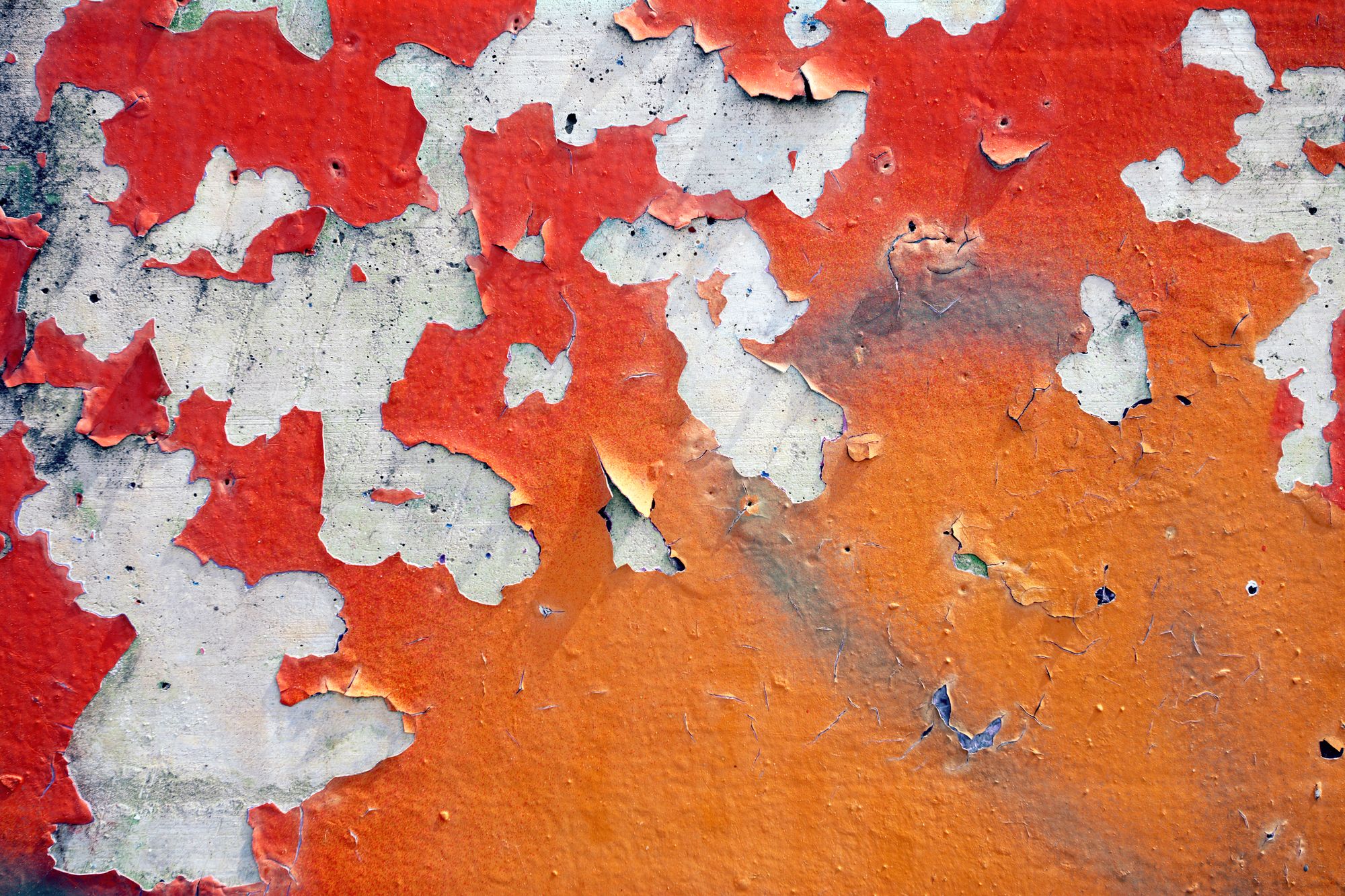Tips on Dealing with Water Stains on Walls: Checks and Solutions
Tips on Dealing with Water Stains on Walls: Checks and Solutions
Blog Article
What're your thoughts on Water Stains on Walls?

Water spots on wall surfaces are not positive to the eyes. Occasionally it appears virtually inevitable to experience water stains on walls in homes.
House owners living in damp areas regularly deal with the concern of water spots on wall surfaces. With precise as well as all-around information on the causes of water discolorations as well as timely repair procedures, you will always be an action in advance of such events.
3 Common Sources Of Water Spots on Walls
Unlike popular belief, water discolorations on wall surfaces do not always originate from bad building products. There are a number of causes of water discolorations on walls. These consist of:
Moist
When hot damp air meets with completely dry cold air, it creates water droplets to form on the wall surfaces of structures. This occurs in bathrooms and also kitchen areas when there is steam from cooking or showers. The water droplets can tarnish the surrounding walls in these parts of your residence and infect various other areas.
Wet or condensation impacts the roofing system and also wall surfaces of buildings. This creates them to appear darker than other locations of the home. When the wall surface is wet, it produces a suitable setting for the growth of microbes as well as fungi. These might have adverse impacts on wellness, such as allergic reactions and respiratory system problems.
Poor Drainage
This will stop water from permeating right into the walls. This links to excessive dampness that you discover on the walls of your structure.
The leading cause of wet wall surfaces, in this case, can be a bad water drainage system. It can also be because of inadequate management of sewage pipelines that go through the building.
Pipeline Leaks
The majority of homes have a network of water pipes within the walls. It always boosts the stability of such pipelines, as there is little oxygen within the walls.
Yet, a downside to this is that water leakage impacts the walls of the building and causes prevalent damages. A telltale sign of faulty pipes is the appearance of a water discolor on the wall surface.
Pro Tip
A houseplant in your house additionally boosts its moisture. So, if your home is already humid, you might intend to introduce houseplants with marginal transpiration. An example of ideal houseplants is succulents.
Water Discolorations on Wall: Repair Work Tips
When dealing with water spots, property owners would normally desire a quick repair. Yet, they would soon realize this is disadvantageous as the water discolorations persist. So, right here are a few practical suggestions that will direct you in the repair of water discolorations on wall surfaces:
Verdict
No one wants to have water stains on wall surfaces in their home, it can take place to the best of us. This write-up provides you utilize, as you now recognize exactly how to handle this incident if it does occur.
It is constantly best to recruit expert solutions to help deal with the damages in your house.
In some cases it appears almost unpreventable to experience water stains on wall surfaces in homes.
In contrast to popular belief, water discolorations on walls do not constantly stem from poor structure products. There are several reasons of water stains on walls. The water droplets can tarnish the bordering walls in these parts of your residence and also spread to various other locations.
Right here are a couple of helpful ideas that will certainly direct you in the repair service of water stains on walls:
CHECKING FOR WATER DAMAGE
Water damage can be costly, and it may begin before you even notice the first signs of trouble. Water damage can cause mold and mildew in your walls and floors, which can create an abundance of health concerns for your family. It can also lead to costly repairs of various appliances and general home fixtures. To avoid the pricey consequences of water damage, here are Warner Service s top 5 places you should check:
The walls The easiest place to spot the beginnings of water damage is on the walls and ceilings of your home. If water damage is present, there will most likely be water stains, especially around the windows and doorframes, and/or cracks in the drywall. If a stain looks unusual (discolored to brown, black or gray, raised texture), has a swollen appearance or is soft to the touch, contact a professional immediately. The pipes To avoid water damage, consistently check the pipes in your kitchen (especially the dishwasher and ice maker), bathrooms, laundry room (specifically washing machines) and basement for corrosion, leaks and water stains. Pay special attention to where the pipes connect in your home and the location of caulking around the bathroom fixtures, including toilets, sinks, showers and tubs. Missing or loose caulking and grout could be signs of leaking water. This seepage can also quickly cause mold and rust, so double check your water heater and tank for wet spots on the floor. The floor Water damage is very easy to spot on the floor. Look for any warping or buckling of the material, especially in the basement. If your home has wood flooring, look for bright white or dark stains. If your home has carpeting, keep it dry and clean. A damp carpet that smells of mold could cause water damage and health problems. To avoid this, consider installing floor pans under your appliances to help prevent damages from small, slow and undetected leaks. The basement and attic If your basement or attic smells odd check for mold and mildew around the area, especially the valley where the roof meets. While you are inspecting those areas, check for wall cracks, floor stains, rust and dampness in the insulation. If you live in a colder and/or rainier climate, perform routine checks for water damage from melting snow or ice and rain. The exterior Check the roof for damaged flashing and missing, cracked or curled shingles. There should also be no standing water anywhere outside your home. This could be caused by puddles, leaky rain gutters or hoses, poor drainage, or short gutter spouts. Invest in a sump pump system or water flow monitoring system, and perform routine maintenance on these outdoor appliances to avoid indoor water damage.

We had been shown that write-up on from an associate on a different web blog. Remember to take a moment to distribute this article if you liked it. Thank you so much for taking the time to read it.
Schedule Today! Report this page